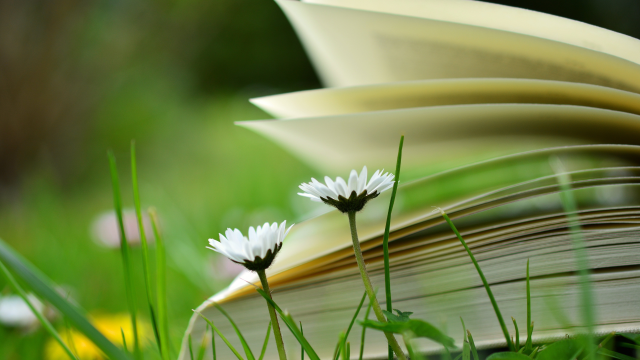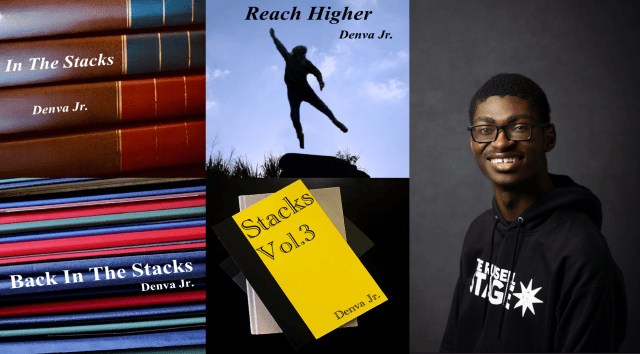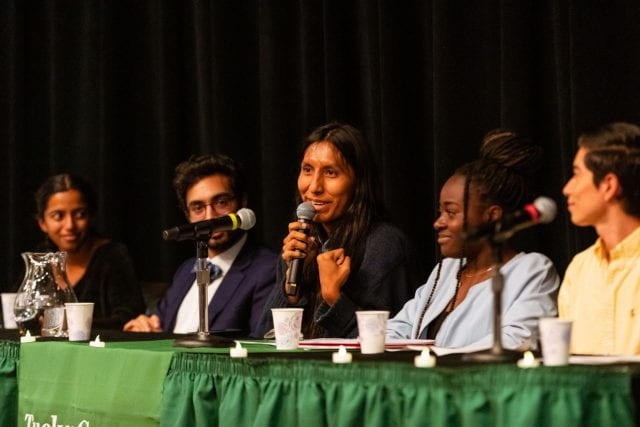Written by Armita Mirkarimi, ’25
“Thank you for your interest.”
“We regret to inform you that…”
“After careful consideration…”
“It was a highly competitive application cycle.”
These are the phrases I associate most with failure. The blue light from my computer shines onto my irises and my mind plays a trick on me. Instead of the “Thank you for your interest” sentence on the page, I only see the following: “Sorry, we can’t give you this job or let you into this school because there are millions of people who are so much smarter and better than you and we picked one of those people instead of you. Have a nice life.”
My eyes swell up with tiny droplets that I try to swallow alongside a tightness in my chest. And then the doom thinking starts. I retrace my steps: Were there typos in my resume? Was my cover letter not well-written? Was I too loud during the interview? Or maybe I was too quiet? What did I do wrong? Or worse—What if other people find out I failed?
For most of us, failure is something we like to run away from. Maybe we haven’t really experienced failure before so anything other than success feels like a colossal defeat. Or perhaps we really really wanted whatever opportunity we applied for and started imagining our lives with that job or school or person. We started thinking about how hard we would laugh and how perfect everything would be with it. And then it starts to rain and we are left with a version of life we were not expecting.
I have long been perplexed by why failure stings so much and why we try to run away from it. For me at least, the reasons are twofold. First, I attach my self-worth to the things I do. Think about it. When people ask, “Tell me about yourself,” the answer is followed by the activities we do. Our occupations. Second, it just feels good to succeed (by our own definitions). The validation of “Congratulations!” is a dopamine rush. But failure is not something we can outrun. As much as it sucks, what if we embraced it? What if we chose to radically welcome it into our lives? Maybe, together, we can redefine failure.
It’s not easy and it will most definitely take practice but here is my short list of redefining failure, taking everyday action, and even failing forward toward the life that we want:
- You’re allowed to sit in sadness. You can feel sad, angry, or frustrated when you fail. It’s a part of being human. Let yourself feel your feelings and process the rejection. Maybe that means being alone or listening to a certain kind of music. I personally love to go on a long drive by myself, cry, and blast Adele. Reflect: What’s gonna make you feel better? You know yourself better than anyone else.
- Remind yourself that your worth as a human does not come from the internship you got, your GPA, or the failure in question. Whether it’s saying it out loud or writing it on paper, you are valuable and deserve love because of your character, and who you are as a person. Your kindness and energy, are not the numbers on your resume.
- Seek out fun and joy. I know it may sound cliche but what if you picked up an activity just because it was fun? Who cares if you’re not good at it? What if you tried to intentionally pick up that hobby you know you won’t be perfect at and had fun failing at it? For me, this is skiing!
It’s easy to write, “embrace failure” on the page but so much harder to actually put it into practice. After all, it’s not fun to feel like you’re not good enough. But maybe the point of this all is to embrace the uncomfortable. The more we put ourselves out there and fail, the more of the world we see, and the further our brains expand.
Let’s move forward together,
Armita Mirkarimi, ’25








